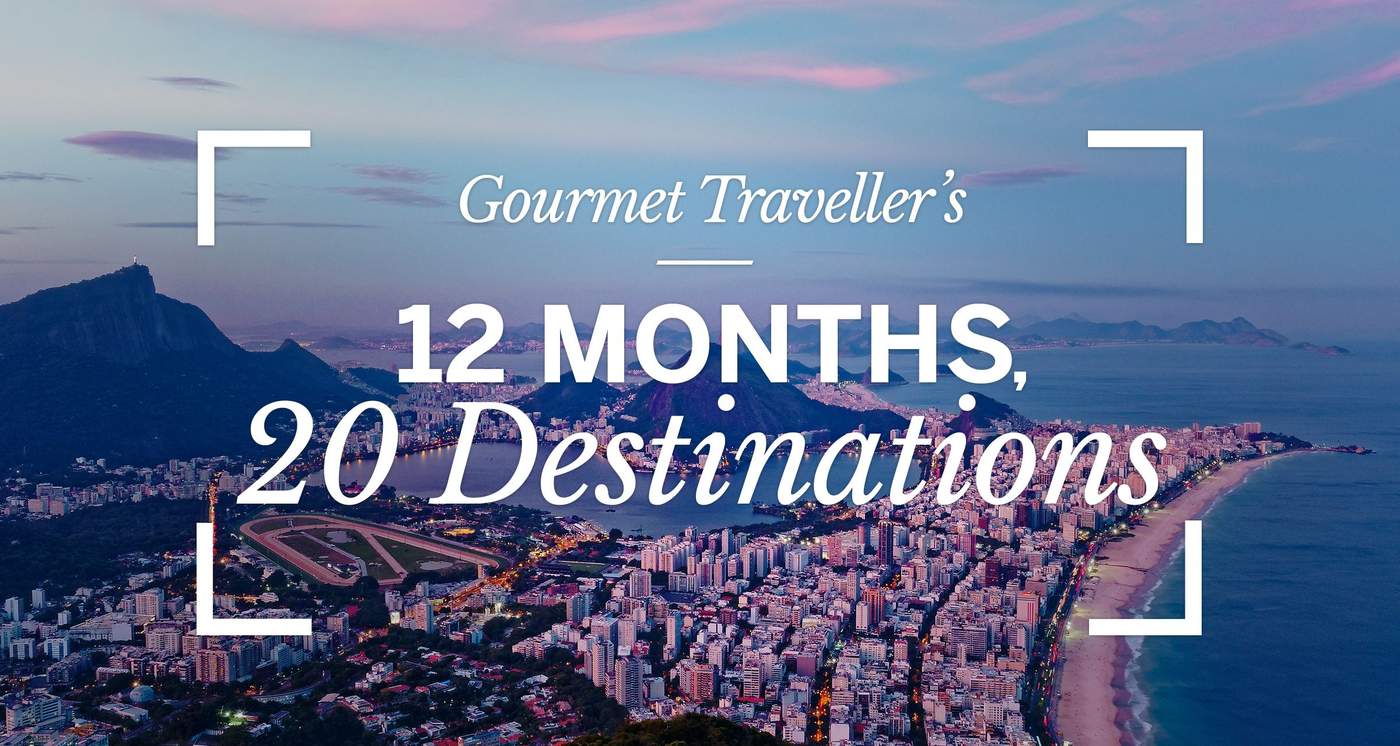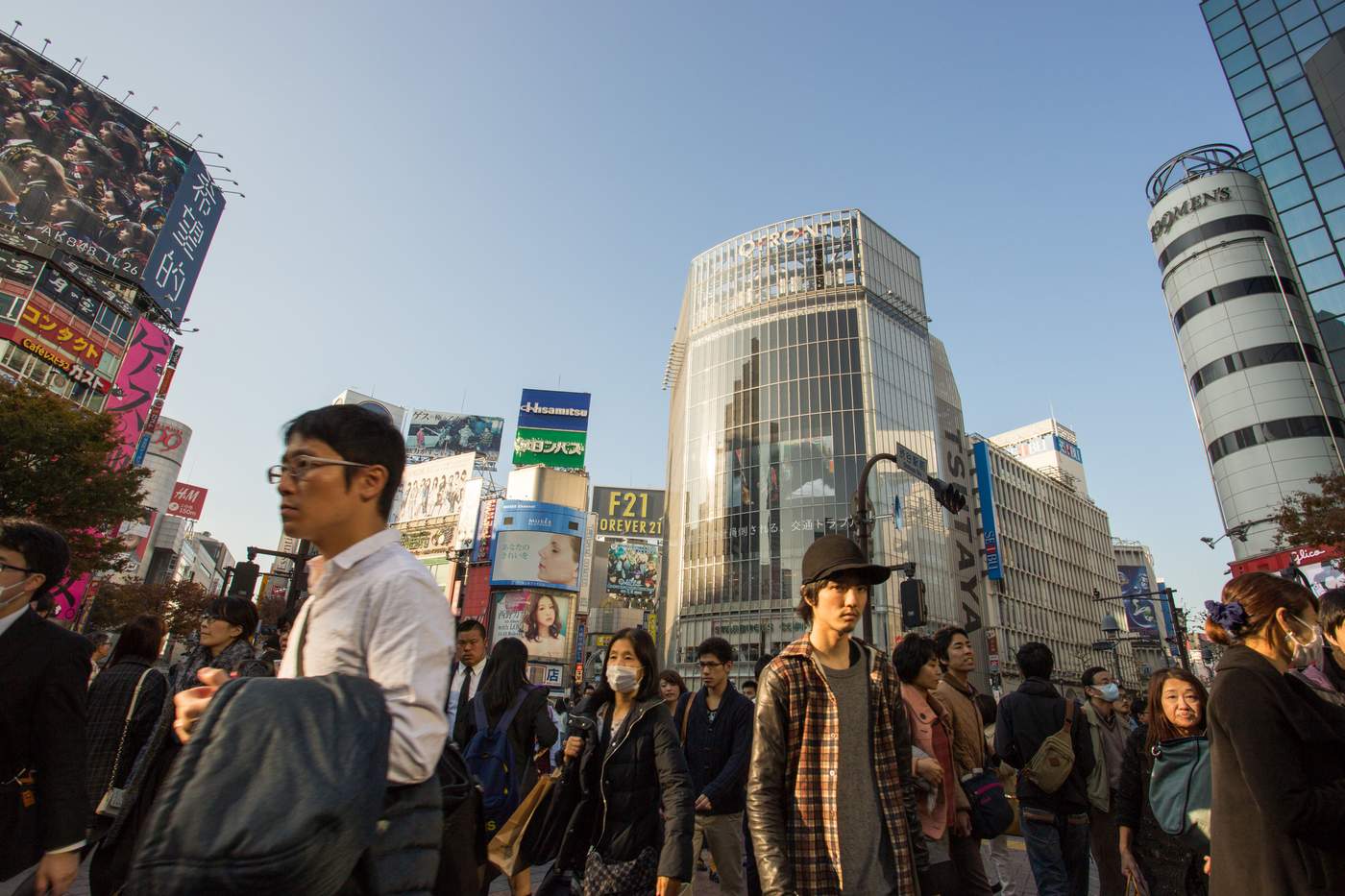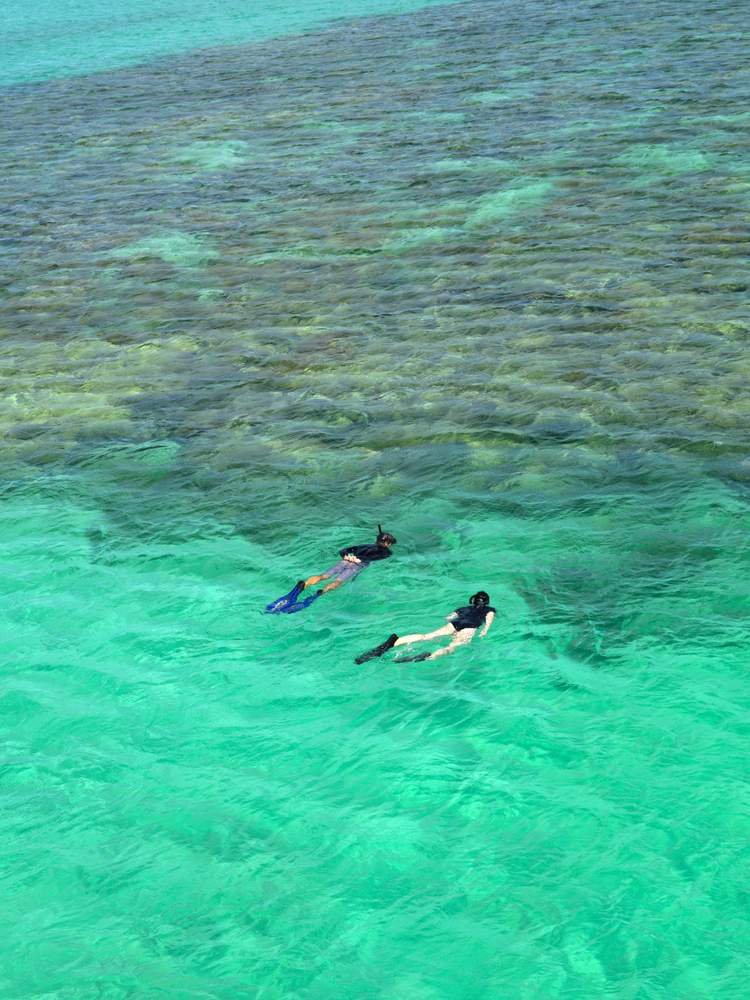Whether it’s hiking through fields of wildflowers in Slovenia, hunting down the best restaurants right now in Mexico City and Hong Kong, or lazing by the beach in Rio, Gourmet Traveller’s team of globetrotters is always ahead of the game. From the pages of our magazine, these are some of the most exciting destinations Gourmet Traveller has explored in the last 12 months.
Time to pack your bags.
Hong Kong
Long one of the world’s great dining capitals, Hong Kong has shifted into overdrive, with more – and better – restaurants opening faster than ever before.
Whether it's the rustle of money or the glow of its native culinary culture, Hong Kong is a magnet for overseas talent – from greenhorns looking to make their mark to empire-builders and old hands interested in a new market.
Australian expat chef James Henry is one of the latest to set up shop in the city, opening neo-Parisian bistro Belon early in 2016. Though deep-pocketed groups and hotel chains still dominate the top end of town, independent operators are becoming more of a presence, and some of the smarter groups are building their concepts around their chefs rather than the other way around.
It is, in short, a particularly excellent time to be an adventurous diner in Hong Kong, and it's the perfect time to spend from 25,000 Membership Rewards points* with Cathay Pacific to get there from Sydney.
*Conditions apply.
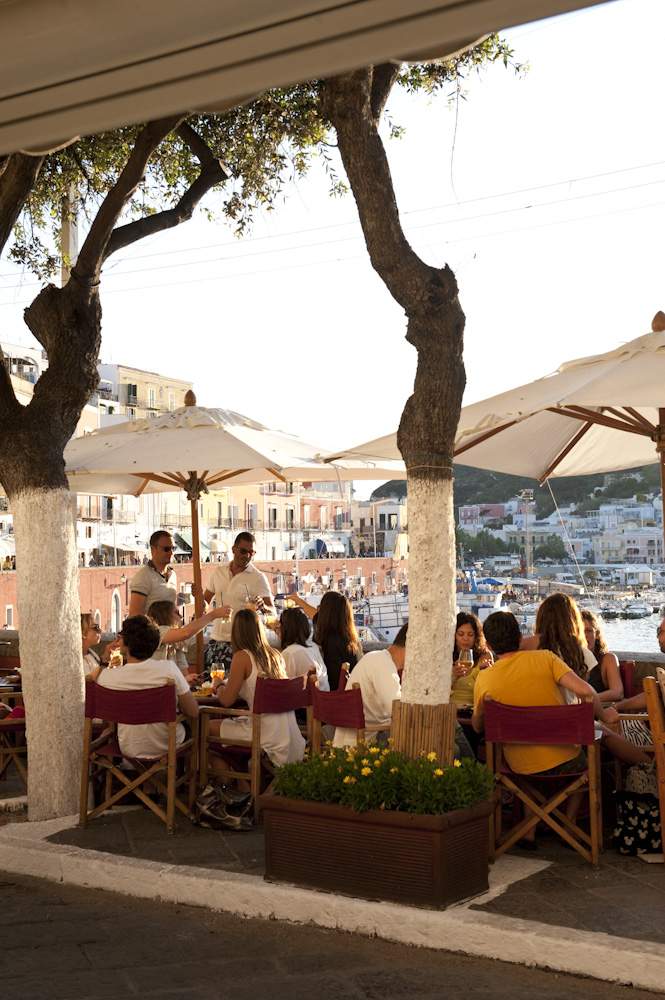
The Promenade at the port of Ponza.
Photographer: Susan Wright
Ponza
Viewed from a distance, the flat-topped houses of Ponza Porto appear to tumble into the sea in a blur of pastel pink, orange, lemon, blue and mauve.
The largest island of the Pontine archipelago off the coast of Italy’s Lazio region, Ponza is one of those destinations that everyone talks about but hardly anyone has been to. The islands have an aura at once of exclusivity and obscurity, which makes them a favourite hideaway for the rich and famous.
Beyond July and August, Ponza is relatively free of mass tourism. It also seems innocent of commercialisation: no supermarkets, just proper old-fashioned grocery stores; no surfeit of trashy souvenir bazaars, but rather little shops selling the practical accoutrements required for swimming, scuba diving and sailing.
Tiny restaurants ply simple Neapolitan-influenced fare, like salt cod fritters, discs of fried eggplant, or zucchini flowers, as well as a bounty of local seafood, naturally.
The best way to see the island is by sea, and small boats are available to hire to tour the island’s grottos – look out for the rare monk seal, sometimes spotted bobbing in the underwater gallery.
Mexico City
Mexico City is the oldest capital in the Americas, one of only two founded by native Americans. Now the time has come to acknowledge it as one of the great eating cities of the world.
At the top tier, the city’s brightest culinary talents are as inventive and inspired as any in the world, and they draw on a deep well of inspiration.
On the street, in the markets and in home kitchens lives a cuisine that has ancient roots. Inside the Mercado San Juan you’ll find bushels of dried crickets and mealworms, great baskets of morels and bags of dried fish and chillies alongside exotic meats such as iguana, armadillo and, alarmingly, lion.
In its cafés, third-wave coffee is made from local beans, and the hip cocktail bars and neighbourhood bistros punch well above their weight in the creativity stakes.
You could spend a lifetime studying just the taco culture of Mexico City, but to discover the heartbeat of modern Mexican dining right now, head to chef Enrique Olvera’s Pujol in the glam Polanco district, where he continues to explore his nation’s food with a blend of playfulness and respect, or Quintonil, where Jorge Vallejo’s cuisine overflows with energy and good ideas.
Right now, Mexican food of the future and the past, the food of Mexico’s streets and its most exclusive tables, all rubs shoulders in a convivial way, right in the heart of the country: the capital.
A vendor at Mercado San Juan
Photographer: Araceli Paz

Fish at the Ballaro Market.
Photographer: Prue Ruscoe
Palermo
Sicily’s capital, once plagued by mafia influence and cultural abandonment, is on the cusp of renewal. A new generation of entrepreneurs is transforming its gritty charm, opening wine bars, rebuilding palazzi and reclaiming the streets from the 25 centuries of historical havoc – invasions, conquests and bombings – that rendered its steep decline.
The marina has been cleaned up and glass-box buildings house bars and restaurants where people gravitate on sunny Sundays for late-morning Aperol Spritzes.
Now, Parisian-inspired bistros, trattorias and wine bars spill out onto pavements, while cultural events take place inside historical buildings previously shuttered to the public.
Then there’s the street food, more acclaimed than most of the city’s restaurants. A plate of just-cooked panelle, chickpea-flour fritters, from Friggitoria Chiluzzo near the harbour in Piazza Kalsa may well be the best one euro ever spent.
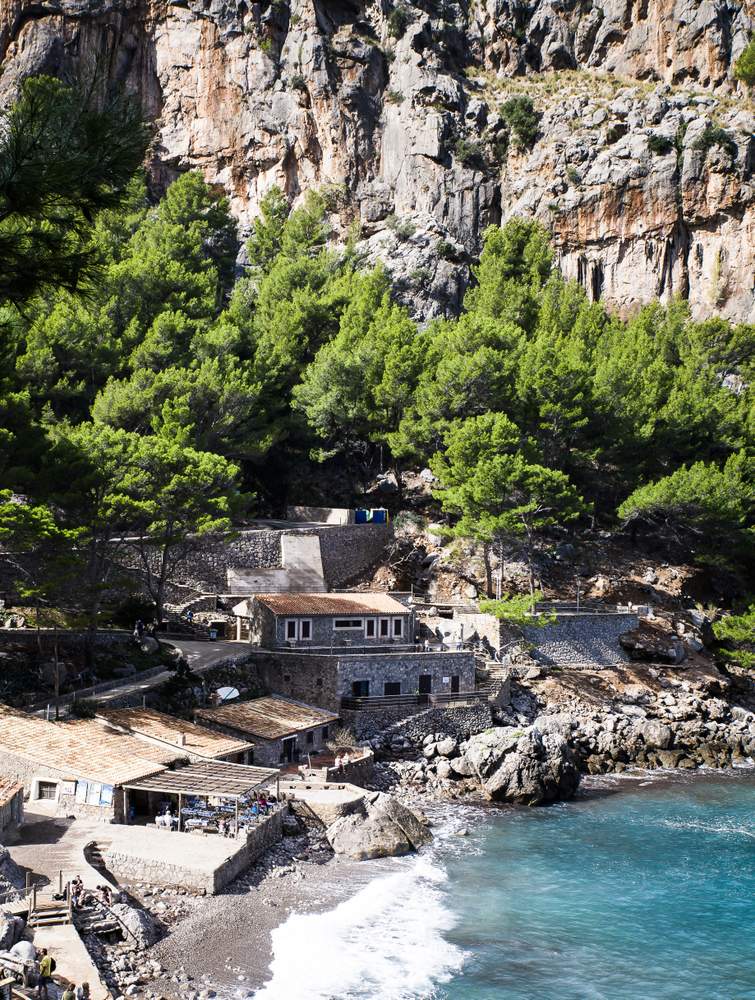
Sa Calobra beach on Mallorca's north-west coast.
Photographer: Simon Bajada
Mallorca
This gem in Spain’s Balearic Islands has more to it than a reputation for partying. Discover Mallorca’s charismatic culture and cuisine in the charming capital, Palma de Mallorca, blessed with a long city beach, cobbled streets and a magnificent landmark, the Gothic cathedral of La Seu.
Residents in home-grown Camper shoes and Massimo Dutti sweaters gather for tapas in La Llonja, the city's bustling restaurant district, and zip across town on scooters to open-air galleries, sculpture gardens and produce markets.
A favoured holiday spot of the Spanish royal family, Mallorca has a permanent beach-holiday ambience and year-round blue skies.
Los Angeles
Detractors have long maligned LA as a cluster of suburbs in search of a metropolis, yet that old observation is starting to ring hollow.
An urban experiment with the potential to dramatically alter the topography of the city is underway – the renaissance of downtown LA.
The rebirth of the city’s central business district, frozen in time for decades, spans the revitalisation of landmark structures, the unveiling of new buildings, and the evolution of residential neighbourhoods; the area is currently home to 50,000 residents, five times as many as a decade ago.
Though it’s still a work in progress, change is in the air. Streets that once looked abandoned after business hours now hum with people. Slowly but surely, DTLA is becoming a confluence of art, architecture, design and food that’s cosmopolitan enough to entice even the fussiest urbanite.
Step into the story yourself, flying from Sydney to Los Angeles from just 44,800 Membership Rewards points* with Virgin.
*Conditions apply.
Rio de Janeiro
Brazil's most picturesque city will always deliver scenes of beaches packed with bronzed locals and dramatic vistas of sea, city towers and forested mountains, but thanks to the 2014 FIFA World Cup and the Olympics it now boasts new promenades, galleries, museums, bike paths and hotels.
International hotel chains, too, have gathered en masse in Rio, triggering a flurry of openings in the past three years. Several neighbourhoods have been spruced up, some beyond recognition – most notably Centro, the once unsafe and crumbling old downtown quarter.
On weekends, when beaches like Copacabana, Ipanema and Leblon reach full capacity, one lane of the beachfront avenues is closed to traffic and filled instead by joggers, cyclists, and parents pushing strollers.
Only in recent years has fine dining gained popularity here. For decades there were just a handful of upscale restaurants in the city whereas now there are plenty.
Although fears of Zika virus hover, and muggings and robberies also present real danger, this is a city that famously loves a party, and travellers are enjoying the vibe long after the biggest sporting event on earth has ended.
Rio's fabled Copacabana beach
Photographer: Luke Burgess
Related: Rio de Janeiro's best restaurants, hotels, bars and shops
Hidden Provence
On the quiet back roads of the Vaucluse in north-west Provence, explore an untouched region of rustic market villages, rugged mountains and spectacular produce.
Apart from its wine, this mountainous region is famous for the legendary Ventoux, the hardest climb in the Tour de France. Compared with the Lubéron and especially the Riviera, the region is Provence untouched and untouristy.
Some of its prettiest villages don't even have shops, let alone boutiques. The spectacular produce in the markets – Carpentras strawberries, melons from Cavaillon, Venasque cherries, Caromb figs, white and green asparagus from Monteux – doesn't always translate into great restaurant food, but you'll eat like a cardinal if you know where to go.
It’s possible to jump from tiny cheese producers to lavender fields, cosy restaurant terraces and vineyards in a single afternoon.
The lavender fields of Sault
Photographer: Nicole Franzen

The breakfast spread at Ceylon Tea Trails
Photographer: Nassima Rothacker
Sri Lanka
Why Sri Lanka now? As a holiday destination it scratches the same itch as Myanmar: off-piste and only recently explored by folk who appreciate sheets with the right thread count.
After so much hardship – a 26-year civil war that ended in 2009, a devastating tsunami in 2004 – the sense of confidence and vigour is infectious, particularly since a change of government in 2015.
The backpacking hotspot of the '80s has resurfaced in peacetime with a fresh take on gracious hospitality, and it includes boutique hotels and small-scale resorts.
Cashed-up, grown-up backpackers are returning with good reason. Go for the time travel, the food, the "polite", the tea leaves breaking against your thighs as you walk up and up, back to something old and lost.
It photographs quite well on your phone, but that's nothing like the experience of being there.
Tokyo
The first thing to realise on touching down in Tokyo is that you have arrived not in a city but in a conglomeration of cities, each with its own character.
Shinjuku: neon, with a certain seediness in parts, and some wonderful department stores. Harajuku: youth culture and Yoyogi Park. Ginza: home of international brands and all the shopping you could ever need. Omotesando: boutique clothing stores. Daikanyama and Nakameguro: small, unique design shops. Koenji: Tokyo’s new home of all that’s cool.
Then there’s the food. Wherever you are in Tokyo, you’ll be able to find somewhere special to eat, from ramen shops for ten-dollar bowls of noodles, to big-ticket establishments.
Sushi is a must, of course, but it’s not just about the small morsel of fish and rice in front of you – it’s about the choreography of the chef, the timing, and the almost reverential atmosphere.
Fly from Sydney to Tokyo to experience some of the best places to eat. From rowdy, smoky, grimy joints to more refined, stylish places - all reachable from 25,000 Membership Rewards points* with Cathay Pacific.
No matter where you end up eating or drinking in Tokyo, the city will deliver something new, something surprising, and perhaps something magical.
*Conditions apply.
Hiking through Slovenia & Italy
Hedonistic Hiking’s motto is "Food, wine, walking", and that, in that order, pretty much sums up the experience. Between May and November founders Jackie and Mick Parsons lead tours in Italy, from Tuscany to Basilicata, each timed to coincide with the best season to visit – Siena for the Palio, Friuli for the wildflowers and the cherries.
The Slovenian nine-day journey starts in the capital, Ljubljana, and ends among the Collio Hills of Friuli in neighbouring Italy, a route that offers ample mental, as well as physical, stimulation.
Each tour is joined by its very own “gastronomic guide”, and lunch each day is composed from local produce such as foraged mushrooms, wine, salamis and cheeses (plus optional schnapps, made with summer’s blueberries), each meal connected to the region.
In surroundings this beautiful, especially during peak wildflower season, the hiking is never gruelling or unpleasant, and the altitude encourages a lightness of spirit.
Kozjak Waterfall
Photographer: Susan Wright
The Rocky Mountains
A train ride through the Canadian Rockies spirits you from Vancouver north-east to Jasper, with an add-on bus ride to the national park resort town of Banff.
Named "Journey through the Clouds", this is the Rocky Mountaineer’s flagship 900-kilometre route through prairies awash with wildflowers, and snow-capped peaks.
The double-deck carriages are spacious, the reclining seats wide and comfortable, with generous-sized tray tables and cashmere blankets tucked into the front pockets.
With a glass of Sumac Ridge chardonnay in hand, settle into the ultimate armchair adventure, passing elk and eagles, cargo trains and logging towns, osprey and bison.
At a maximum speed of about 50 kilometres per hour, there's plenty of opportunity for marvelling.
Mount Rundle, Cascada Mountain and Castle Mountain seen from the Fairmont Banff Springs Hotel
Photographer: Chris Chen
Related: A journey through the Rocky Mountains, Canada, on the Rocky Mountaineer

